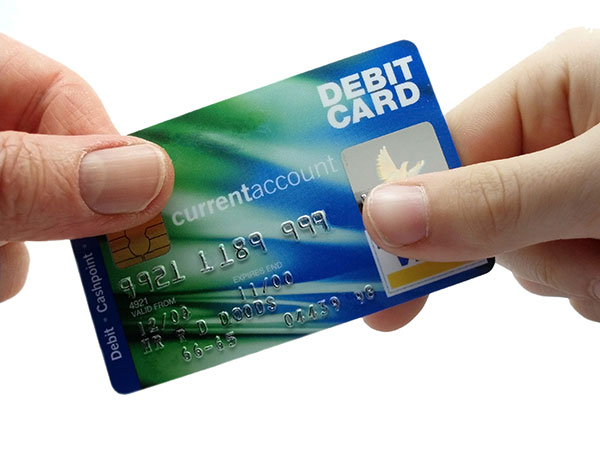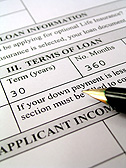Consumer Credit
 Lenders analyses someone’s credit by looking at their capacity and goodwill to reimburse a loan. Their two questions always remain: can the applicant repay us and will he do it, where both answer need to be satisfied. Here is in more details the two main criteria lenders are looking into when evaluating personal credit.
Lenders analyses someone’s credit by looking at their capacity and goodwill to reimburse a loan. Their two questions always remain: can the applicant repay us and will he do it, where both answer need to be satisfied. Here is in more details the two main criteria lenders are looking into when evaluating personal credit.
Capacity
The capacity for an individual to repay a loan is evaluated by finding out its debt ratio. The debt ratio gathers regular monthly payments such as car, rent, mortgage, term loan, etc. as well as other revolving credit (credit card and line of credit), and compare it with the gross income. Banks and other financial institutions want to make sure with this ratio there is enough room to add more debt payments.
To get the rate, the sum of all monthly debt payments and 3% to 5% of the revolving credit balance are divided by the average monthly gross income (before taxes). The objective is to summarize the disbursement made in a month and divided it with its income, and measure the impact of adding the monthly obligations of a new loan. Normally, a debt ratio greater than 50% is considered high risk.
Moreover, job stability is directly linked to the debt ratio, because it secures the regular income required to make the payments. The longer you've been at the same job, the less are the probability you lose it, which makes the candidates less risky. Stability is actually part of the consumer lending criteria.
Calculate your debt ratio (example):
Gross monthly income: $4,000.00
Total balance on revolving credit: $1,000.00
Total regular monthly payments: $2,000.00
(($1,000.00 * 0.05) + $2,000.00) / $4,000.00 = 51.25%
| 0 - 5%: | Excellent |
| 6% - 15%: | Very Good |
| 16% - 25%: | Good |
| 26% - 35%: | Average |
| 36% - 50%: | High |
| 51% and higher: | Very High |
Goodwill
The best indicator to make sure a candidate will repay a future loan is to look at his past experience with other creditors, which is shown on the credit bureau. The consumer credit report gathers credit history since the opening of the first official loan of any type. It shows payments made on credit cards, term loans, cars, other bills such as the cell phone and sometimes the mortgage. The consumer credit report informs about the individual’s payment behaviour.
It also exposes derogatory and bad credit experience such as late payments, write-offs (known as R9), collections, vehicle repossession (known as R8), judgments and bankruptcies. Credit scores like the Beacon digest all the information in the report and give you a general score between 300 and 900. Under 620 is considered as subprime, 620 to 700 as average, 700 to 750 as good and 750 and up as excellent. Try our questionnaire to evaluate your own credit score.
What affects the credit score:
- Numbers of inquiries
- % used on revolving credit
- Late payments
- Payment history
- Time at credit bureau




